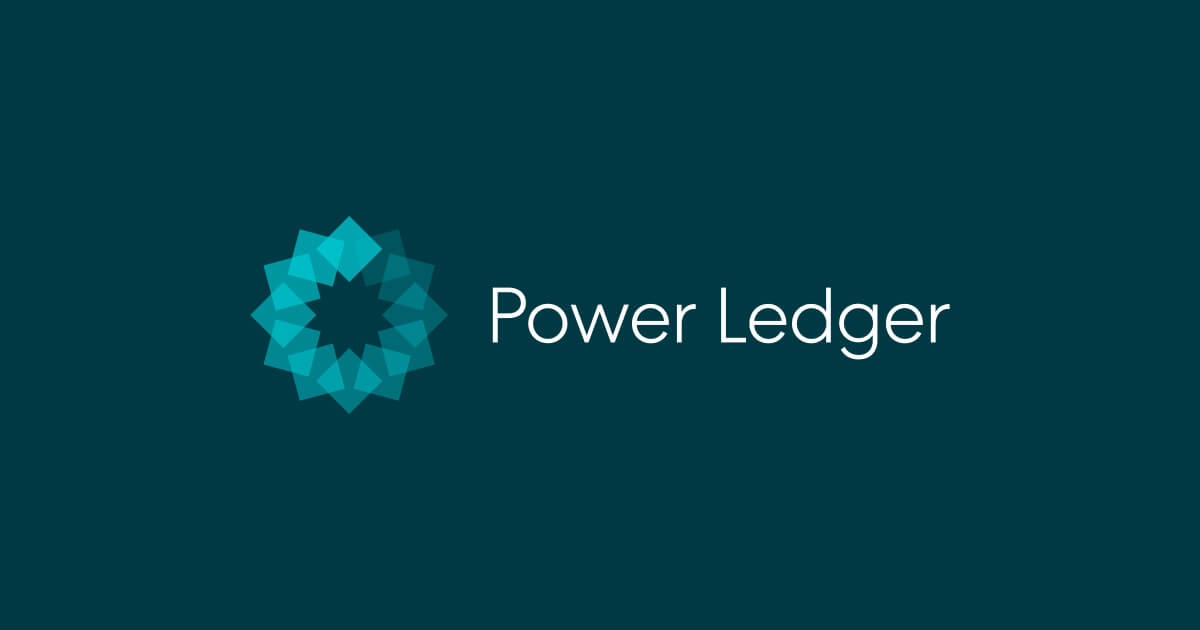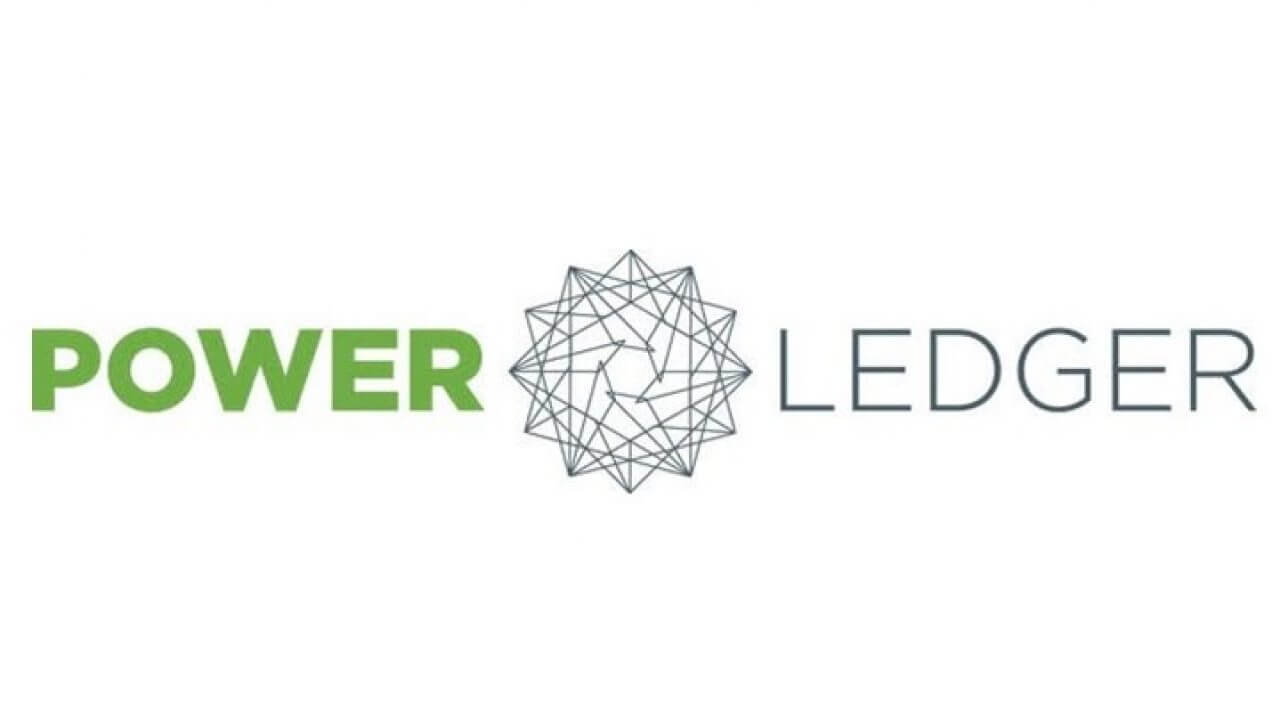Electricity all over the world is controlled by big powerful entities who make all the rules. From distribution to pricing, to availability, the average person never had a say on how much they are billed, what time power goes on/off, and whether their area is connected to the national grid, to begin with. In other words, worldwide power today is heavily centralized, and that’s not worked for the good of the consumer in any way.
What if you could have more control over how and when you get power? What if you could make money off your rooftop by selling energy? This is now possible thanks to Power Ledger, a platform that “allows devices and humans to trade the power they need when they need it” in a trustless, decentralized and scalable manner.
In this guide, we’ll take a deeper look into the offerings of Power Ledger and how exactly it reimagines the concept of energy ownership and distribution. We’ll also examine the platforms’ two tokens and how exactly they fit into the ecosystem.
Understanding Power Ledger
Formed in 2016, Power Ledger is an Ethereum-based, peer-to-peer platform that employs blockchain tech to facilitate energy trading between buyers and sellers without the need for intermediaries.
Power Ledger wants to democratize power and free populations all over the world from reliance on centralized utility companies that usually make arbitrary decisions unfavorable to users.
Its use of the blockchain eliminates a single point of failure. How many times has the power gone off in your area, with no recourse, because the national grid is controlled by a single powerful entity? Power ledger wants to distribute energy in such a way that even if one source fails, the other sources can still supply energy.
Network Features
The Power Ledger platform is driven by several functions which we’ll explore in detail below.
#1. µGrid
µGrid is a platform that enables Power Ledger users to trade energy with each other, whether it’s in marketplaces, office complexes, and villages. Through the platform, residents can monetize their roof space. Everything is handled transparently through the blockchain, and anyone can log in and view the transactions.
#2. xGrid
xGrid is a platform through which customers connected to the same energy grid can sell energy to each other. It handles everything from generation to consumption and settles all the transactions between parties in a transparent and peer-to-peer (P2P) fashion. xGrid supports quite a wide variety of this type of P2P transactions: whether it’s loyalty P2P (e.g, shoppers rewarding their favorite brands), gifted P2P (customers gifting their friends, neighbors, the community) or cross store P2P (commercial customers selling rooftop electricity to each other).
#3. VPP
This is a virtual network through which households and businesses can sell their excess solar energy during price peaks, making a profit or earning passive income.

#4. Vision
Through the Vision platform, consumers can choose the preferred type of energy, whether it’s solar or wind, based on their location and the quantity they consume. People are becoming increasingly conscious about the type of energy they consume. Power Ledger facilitates complete transparency so that consumers can know and verify the source and origin of their energy.
#5. Power Purchase Agreement (PPA) Vision
This is a management and settlement system that allows energy owners to manage output and billing of transactions. If, for example, a local business is entering into a power purchase agreement with an energy operator, they can utilize the transaction software so that every involved party can see updates in real-time.
#6. Trace
This a digital registry on which owners or operators of renewable energy can track, record, and issue assets such as energy certificates and carbon credits. It’s a way to streamline such existing processes and make them more secure.
#7. TraceX
This a digital marketplace on which energy operators can trade and settle renewable energy certificates anywhere in the world. Users can connect to already existing platforms, or they can start a new one with it. It’s a way to settle transactions faster, more affordably, and efficiently.
Dual-token System
Power Ledger operates on a dual-token system. These tokens are SPARKZ and POWR. What role does each play? Let’s find out below:
The SPARKZ Token
SPARKZ token is how the platform monitors the movement of energy between trading participants. SPARKZ is added or removed from the seller and buyer, respectively. What this means is everyone gets their end of the bargain almost instantaneously. The buyer receives energy, and the seller receives payment. SPARKZ is pegged against the local Fiat currency for each jurisdiction.
The POWR Token
POWR tokens are the fuel that keeps the ecosystem going. POWR tokens are necessary for the generation and trading of SPARKZ tokens. POWR tokens also act as some sort of value guarantee for SPARKZ tokens, and can also be converted into SPARKZ tokens
All in all, POWR tokens play these roles in the Power Ledger ecosystem:
- Platform users can vote on major changes/direction of the platform
- Opening up access to the platform
- Acts as loyalty reward points to participants
- Facilitates contribution to renewable energy organizations
- Helps to protect platform users via Smart Bond technology
Who is Behind Power Ledger?
The Power Ledger core team is made of sustainability and blockchain experts. Executive Chairperson and Co-founder Jemma Green has a Ph.D. in electricity market disruption and has sat on the boards of sustainability companies such as Water Corporation, Carbon Tracker, and Climate-KIC in Australia.
Technical Director and Co-founder John Bulich is the co-founder of Ledger Assets, a blockchain company that provides provenance of evidence photography, medical records management, etc.
Head of Business Development Vinod Tiwari brings a wealth of energy experience to the table, having worked in the Australian energy sector for years. He was the chief operating officer of Regen Power, general manager of sales at Perth Energy and senior adviser to Future Effect.
Tokenomics of POWR
As of August 5th, 2020, POWR traded at $0.097355, and it had a market cap of $41, 108, 687, which placed it at #153 amongst all cryptocurrencies. The token has a 24-hour volume of $2, 637, 999, a circulating supply of 422, 257, 509, and a total supply of 999, 506, 123. POWR’s all-time high was $2.01 (Jan 04, 2018), and its all-time low was $0.031830 (Mar 13, 2020).
Where to Buy and Store POWR
You can find POWR as a market pair with ETH, BTC AUD, EUR, and BNT at several popular exchanges, including Huobi Global, Huobi Russia, LATOKEN, Binance, UpBit, BitHumb, Bitkub, Folgory, P2PB2B, CoinEx, Bitvavo, DigiFinex, Alterdice, Kyber Network, and Bancor Network.
POWR is an Ethereum-based token, and that means it can be stored at any wallet that supports Ethereum. Popular options include MyEtherWallet, Parity, Trust Wallet, Coinomi, Atomic Wallet, and user faves Ledger Nano and Trezor.
Closing Thoughts
Power Ledger allows us to imagine a future where the ordinary user like you and me has control over the power they consume, and even sell excess energy and make money. It’s helping usher in the sustainable energy revolution, as well as making clean energy affordable more than ever before. If it succeeds, Power Ledger could very well upset legacy energy systems and take back the power, literally, to the people. The project is one to keep an eye on.

